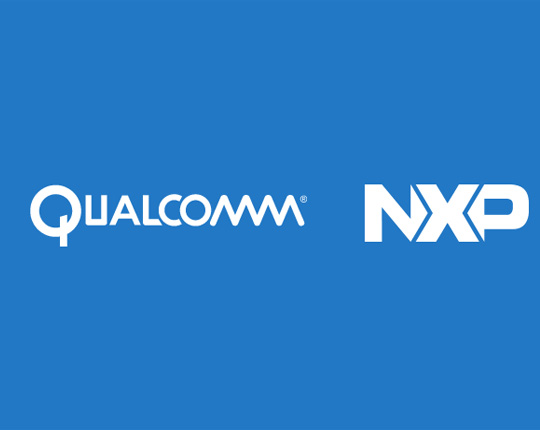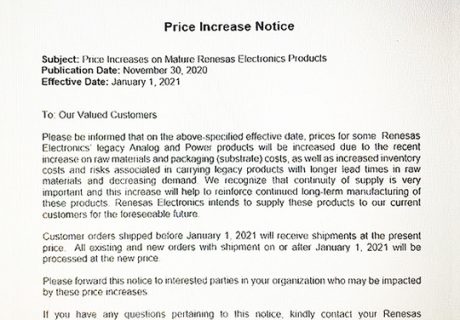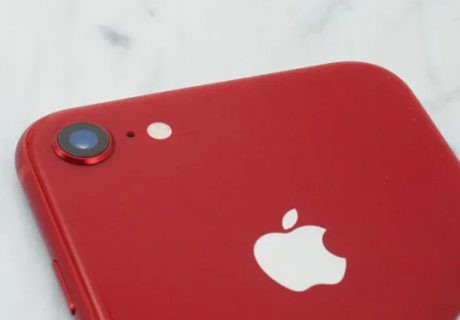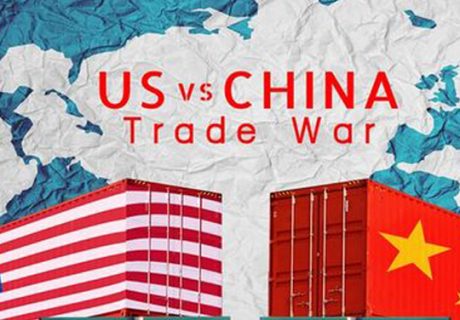Qualcomm first announced its plans to acquire NXP almost 21 months ago and has since jumped through hoops to appease investors and regulators around the world, but it still remains at the mercy of Chinese regulators to approve the deal.
At stake is one of the largest and most defining acquisitions in the semiconductor industry. The deal would create a company with unmatched breadth in intellectual property for wireless communications and interconnects, security, microcontrollers and processors, and sensors – the critical components of the Internet of Things (IoT). In addition, the company would hold leadership positions in some of the largest and most innovative markets like mobile devices, automotive, security solutions, and industrial platforms among others. The deal is now approaching a self-imposed July 25th deadline by Qualcomm and NXP to close or terminate the deal.
Approval of the acquisitions by all outside parties has taken so long that Qualcomm has extended the proposed deadline 29 times (according to Reuters) and in April chose to withdraw and refile the application for Chinese approval to allow for more time for the review, which could extend into late 2018. On the positive side, the extensions have provided Qualcomm time to woo investors by increasing the offer to $44 billion. However, it also provided an opening from Broadcom to attempt to step in and acquire Qualcomm before that hostile bid was squashed by the U.S. government over national security concerns. The time has also given the Qualcomm management time to plan for a rapid integration of NXP to build a new semiconductor industry leader. The question now is all this work for naught?
Long acquisitions can be difficult. Companies often freeze certain expenditures, especially the company being acquired, such as hiring, marketing, and/or R&D prior to acquisitions. Meanwhile, competitors try to steal talent and customers in anticipation of discontent over potential changes in products and services, policies, or pricing. NXP, for example, discontinued its FTF developer conference, one of the best events for embedded/industrial engineers. If the deal falls through, the acquirer typically pays a significant termination fee while the company being acquired is left trying to resurrect delayed strategies. While this is a possibility if Qualcomm decides to terminate the acquisition, the continued execution and differing product strategies of the two companies makes this unlikely.
Over the past year, both companies have continued to assert their dominance in their respective markets. Qualcomm is leading the transition to edge AI and 5G, including the introduction of mmWave for mobile applications, which many believed was not feasible. NXP, on the other hand, continues to build on the industry’s largest portfolio of MCUs, MPUs, and SoCs combined with sensors and interconnects for emerging applications like autonomous control for drones, vehicles, and industrial solutions. Without the acquisition, both companies will still be industry leaders but together, the resulting company will be “the” industry leader, leaving many of its competitors scrambling to compete.
As indicated above, the July 25th deadline was self-imposed by Qualcomm presumably to help appease some investors after the most recent vote for the board of directors in the midst of the proposed Broadcom acquisition. If Qualcomm terminates the deal, the company can focus on its core technologies and markets and return some of the retained earnings to investors through dividends and stock buybacks. NXP can use the termination fee to fund additional development and kickstart new marketing programs. Neither company is likely to be quick to seek additional acquisitions, but either company could be viewed as a target for acquisition.
Related News:
Trade War Puts Qualcomm-NXP Deal’s Fate in Question
Will NXP Semiconductor and Qualcomm Deal Close?



















